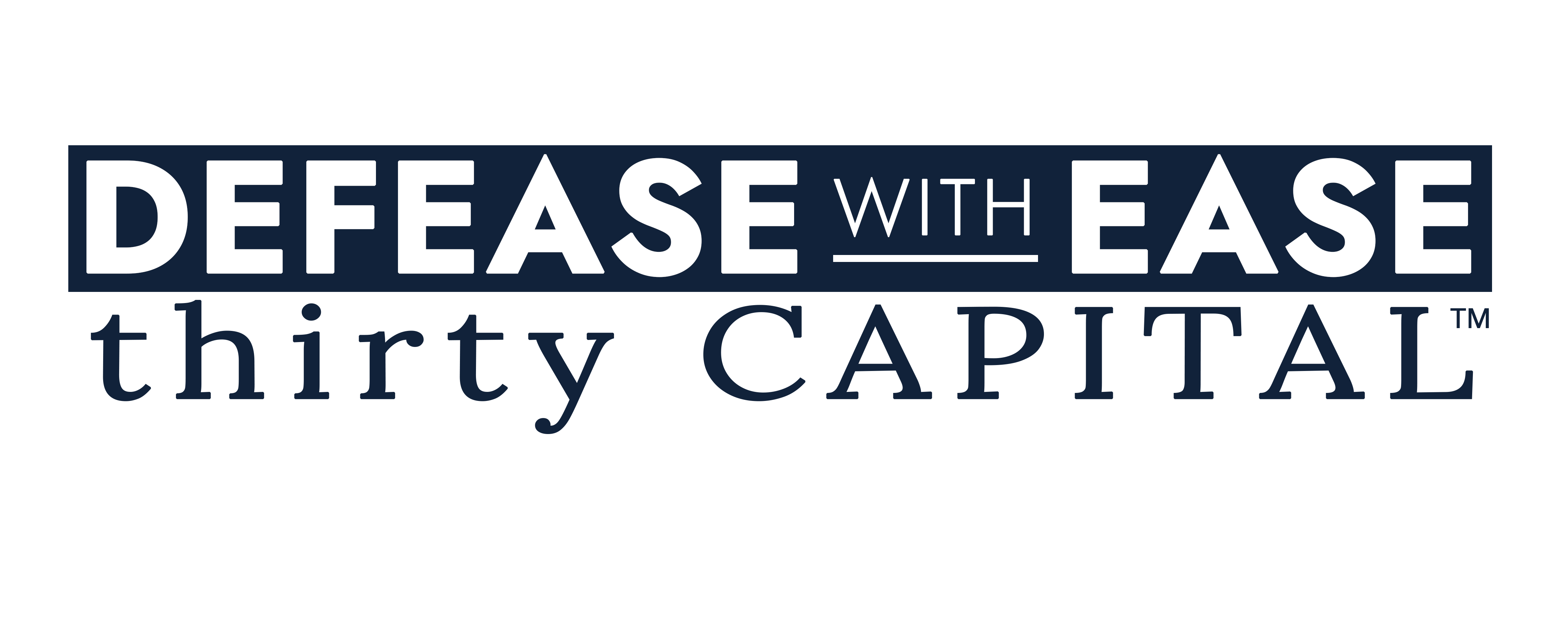Reducing the cost of capital is one of the most powerful ways commercial real estate (CRE) owners and operators can protect cashflow, increase investor returns, and maintain competitiveness. Cost savings go beyond chasing lower interest rates—they stem from proactive debt strategies that anticipate risk, optimize structure, and unlock capital stack value.
This article explores how forward-thinking decision-makers are using proactive debt management to lower their overall cost of capital, and how a well-aligned advisory partner can identify opportunities long before transactions go live.
What is the Cost of Capital in CRE?
The cost of capital is the effective cost an owner pays to finance their assets through debt and equity. For CRE, this includes:
- Interest expense on debt (fixed or floating)
- Costs related to origination, prepayment, and swaps and hedging
- Rates on preferred equity or mezzanine financing
- Sponsor promote structures and investor return targets
While debt tends to be the cheapest source of capital, it’s also the most sensitive to timing, structure, and market conditions. Proactive management throughout the loan’s lifecycle enhances control and cost-efficiency.
The Case for Proactive Debt Management
Reactive debt management—waiting until loan maturity or crisis—limits options and increases costs. Proactive strategies, on the other hand, involve:
- Monitoring rate environments and forward curves
- Continuous tracking of loan performance, covenants, and maturities
- Running refinance and restructuring scenarios ahead of need
- Evaluating cap and swap overlays before pricing spikes
This approach gives owners and operators time to negotiate better terms, reduce hedging costs, avoid distressed refinances, and make strategic decisions that support long-term goals.
How to Reduce Cost of Capital Proactively
Here are six key tactics stakeholders and their advisors use to lower capital costs without compromising flexibility or upside.
1. Replace High-Cost Capital Early
One of the most direct ways to reduce costs is to replace expensive components in the capital stack. For example:
- Replace mezzanine debt with higher loan-to-cost (LTC) senior financing
- Eliminate short-term rescue capital by refinancing stabilized assets
These restructurings reduce weighted average cost of capital (WACC), return cash to investors, and may accelerate promote realization for sponsors.
2. Hedge Intelligently with Caps and Swaps
Rate caps and swaps also serve as effective tools to manage and reduce capital costs. By monitoring forward rate curves and cap pricing trends, owners and operators can:
- Monitor pricing trends and act early
- Lock in hedges when they’re affordable
- Reduce floating-rate exposure when volatility is high
Delaying hedge execution can lead to paying 2–3x more for the same rate protection. Advisory teams help model hedge strategies against rate forecasts and optimize coverage.
3. Restructure Before Covenants Break
When debt service coverage ratios (DSCR) or loan-to-value (LTV) ratios approach covenant thresholds, refinancing under pressure can be costly. Proactive management allows owners and operators to restructure debt before problems arise—preserving leverage and avoiding penalty pricing.
Examples include:
- Resetting amortization to support cashflow
- Extending maturities before value declines
- Negotiate waivers early to avoid penalty pricing
4. Model Cash-Out Timing to Maximize Flexibility
Pulling cash out too early can limit future refinance potential. Waiting too long may mean reduced proceeds due to declining valuations or shifting lending terms. Strategic modeling helps owners and operators:
- Time cash-out refis to coincide with peak valuations or net operating income (NOI) growth
- Sequence refinances to create liquidity without overleveraging
- Align refi strategy with portfolio-level planning and distributions
5. Use Advisory Tools to Map Opportunities
Top CRE advisors use asset and debt management platforms (like Lobby CRE) to:
- Centralize loan data and monitor maturities, interest-only periods, and hedge expirations
- Use integrated forward curves to forecast floating-rate payments and hedge costs
- Generate refinance and disposition scenarios with adjustable timelines and assumptions
By combining data with structured advisory sessions, owners and operators can identify actionable cost-reduction opportunities each quarter. 
6. Align Capital Stack with Asset Strategy
A well-optimized capital stack adapts to the asset’s lifecycle. As properties stabilize, appreciate, or reposition, owners and operators can refine their capital structure to support performance and reduce inefficiencies.
- Reallocate reserves or trapped capital to higher-return uses
- Refine preferred equity with IRR-based waterfalls to align incentives
- Replace outdated or misaligned capital as market conditions evolve
This approach ensures the right capital is in the right place, at the right price—maximizing flexibility, efficiency, and long-term investor value.
Real-World Case Study: From 13% Pref to Promote
A mid-market multifamily owner recently worked with Defease With Ease | Thirty Capital to refinance out of a 13% preferred equity obligation. By modeling multiple structures and with the help of counterparty relationships, the team executed a 6.75% bridge loan that:
- Simplified the capital stack
- Returned $1M to investors
- Triggered the promote
This move also created refinance optionality for a future take-out loan at more favorable terms. This strategic refinancing not only reduced capital costs but positioned the asset for improved long-term performance and refinance optionality.
Watch the live case study discussion or download the 2-page PDF.
The Role of the Advisor
Reducing cost of capital requires informed trade-offs, not just rate shopping. Advisory teams add value by:
- Running cost-of-capital scenarios under different rate environments
- Stress-testing covenants and proceeds forecasts
- Identifying early exit and prepay opportunities
- Coordinating lender outreach and term negotiation
The best advisors also act as sounding boards, helping CRE owners and operators prioritize moves based on timing, risk tolerance, and return targets.
Final Thoughts: Make Cost of Capital a Strategic Metric
In a competitive CRE market, small reductions in cost of capital can have major impacts on internal rate of return (IRR), cashflow, and promote realization. By shifting from reactive debt management to proactive, data-driven planning, owners gain more than savings—they gain control.
Need help reducing your cost of capital? Whether you’re navigating a refinance, restructuring your capital stack, or planning ahead of maturities—our debt experts can offer a second opinion, model scenarios, and help you uncover opportunities to protect cashflow and enhance returns. Contact us today to get started.




